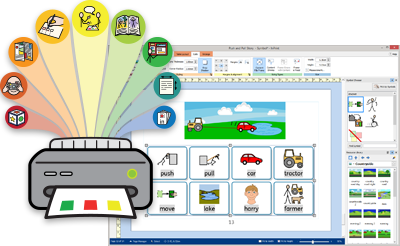- You are here:
- Home
- About Symbols
- Using Symbols to Support Autism Teaching
Using Symbols to Support Autism Teaching
Introduction

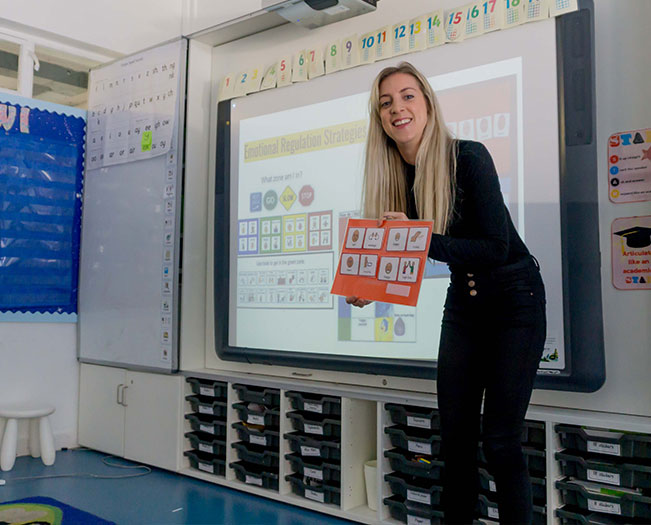
As a teacher of autistic children both in mainstream and specialist settings, the use of symbol resources form an essential element of teaching, by providing visual support which can effectively enhance all areas of learning and independence.
Autism impacts on how a person understands and uses communication, as well as how a person experiences the sensory input around them. Symbols can enhance understanding and learning by displaying a visual image that can be more easily understood than spoken language and other forms of communication. Common public symbols such as road and toilet signs, demonstrate how symbols can display meaning quickly and effectively.
As well as enhancing understanding and learning, symbols provide visual information that can support a child to know what to expect. This is particularly important to provide for autistic children, as predicting what will or could happen can be very challenging, even in a familiar setting or activity. Whether it is presenting visual information on what will happen in the lesson, what will take place during the day, where they will be going, how long they have left; all will help to reduce feelings of anxiety or stress.
Symbol resources can visually support understanding and development in the important areas of:
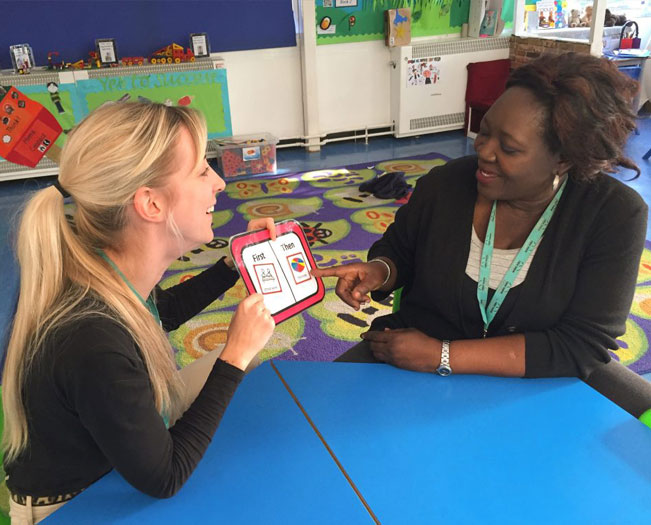
Language & Communication
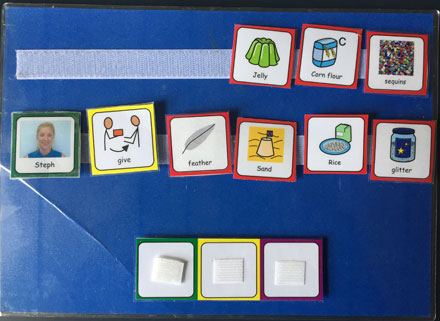
Symbols can be used both as a means of functional communication (for example, in a symbol exchange) as well as used to teach and support language development.
In my classroom, I would always ensure I had symbols for frequently requested activities and resources (or ones that I wanted to teach the children to ask for!) available in the classroom, to support communication and initiation. These include activities such as 'toilet', 'drink' and a 'break' and other personalised resources and activities. The symbols would act as both a means of communication (either by giving the symbol to an adult in an exchange or by pointing to it) or act as a visual reminder to initiate and communicate.
Symbols can be combined with approaches designed to teach and develop language and communication such as 'Colourful Semantics', the 'Picture Exchange Communication System (PECS)' and 'Core Vocabulary Boards'.
Transitions
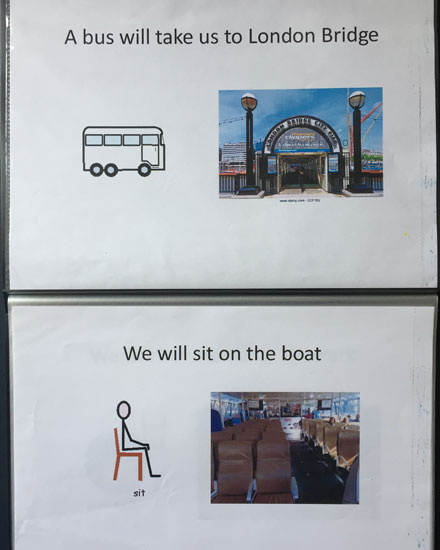
Autistic individuals can have challenges predicting what will, or could happen next. Changing activity and transitions may therefore cause anxiety, which can lead to challenging behaviour because the individual may not know or understand where they are going, what they are expected to do, or they have not been adequately prepared for an activity to come to an end.
Symbols can be used to visually prepare individuals for what will happen in their day, as well as what to expect in a lesson or task as well as when an activity will finish.
Visual Timetables
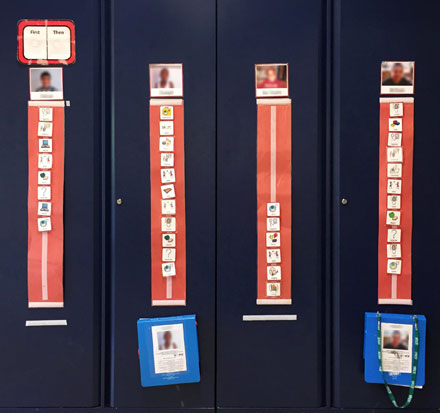
Visual timetables are a great way of enabling a child or a class to know in advance what is going to happen in the day. Even if you have routines in place and follow a familiar lesson structure or timetable of lessons, it can still be challenging for a child to predict what will happen.
In order to be effective, visual timetables should display the exact activities for the day and should always be correct. Class visual timetables work well to show the whole class the general structure of lessons. Some individuals may benefit from an individual timetable if their day includes personalised activities.
Visual timetables are most effective when they display only the upcoming activities and are regularly interacted with by the individual. Examples of interaction are for a child to take the next symbol from the timetable and match it to an activity board- supporting the transition to the activity, or to post their symbol into a finished box when the activity is finished. Again, this supports the whole transition process, clearly showing an end to the lesson or activity.
Portable Transition Supports
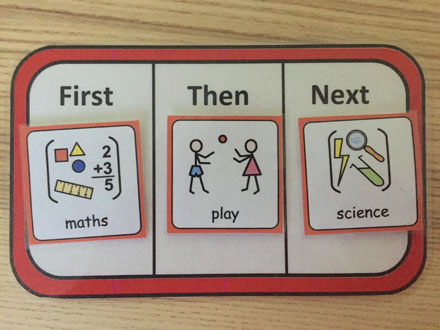
Some children may benefit from further transition supports such as a 'now and next' or 'first, then, next' board. This type of portable transition support enables the child to always have the current and following activity symbols in their view at all times. This can help to reduce anxiety and act as a continuous visual reminder.
The individual can bring (or be encouraged to bring) their transition support with them to their next lesson or task. This visually supports the whole transition. Portable transition supports can work well in combination with visual timetables; the symbols from the visual timetable can go straight onto the transition support.
Lesson Structure
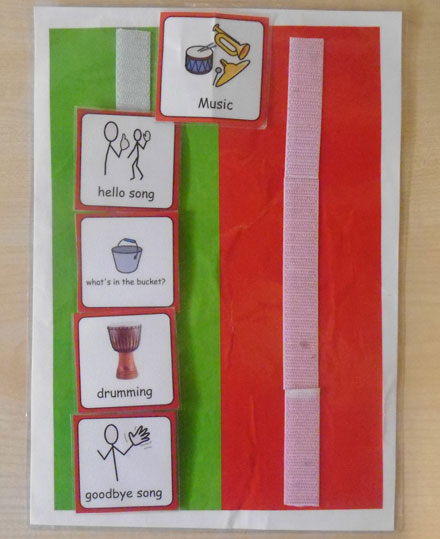
Symbols can also be used to provide visual structure to lessons and tasks. This can help to show the class a clear beginning and ending and help prepare children to know what is going to take place.
As a teacher, this is a strategy I would use for the whole class during every lesson. As each part of the lesson finishes, I would ensure the class knew this by counting down from 5, taking the symbol from the board, showing them the symbol and announcing that "……. has finished".
Lesson structure can also be provided on an individual level if a child would benefit from having their own within-task schedule. This helps to promote independence by enabling children to see what they need to do next and work through tasks step-by-step.
Life Skills
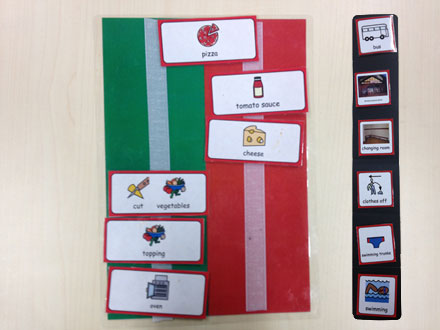
Additional to structuring lessons, the above strategy can be used to teach and develop independent life skills such as preparing food and drink, getting dressed and undressed, hygiene tasks and organisational skills. These can be highly personalised to support the individual's specific needs.
Emotional Regulation
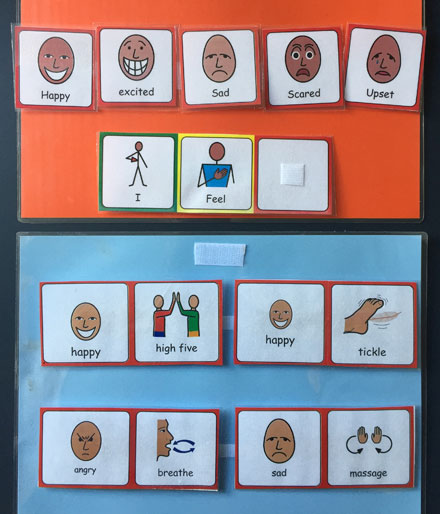
Emotional regulation is an individual's ability to manage and respond to their emotion. Symbol resources can support the development of emotional regulation strategies by providing a visual aid to help a child to respond to their emotion.
Examples of this could be to direct a child to a regulating activity or providing the children with an appropriate choice for what to do when they are feeling a particular way.
Independence
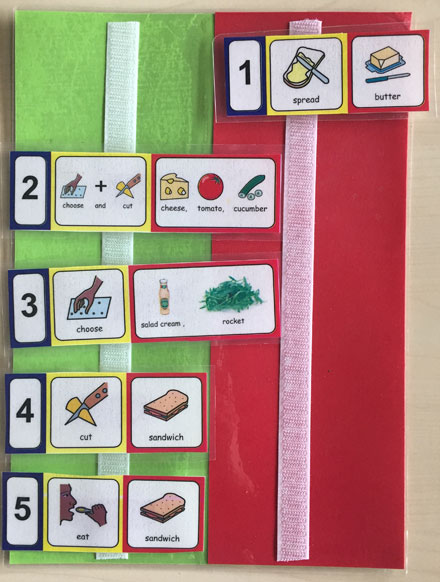
Importantly, the use of symbols can enable individuals to undertake and complete tasks as independently as possible. Symbol resources can really enhance and develop independence; here are some examples:
- Using a symbol schedule displaying the order clothes should be put on (instead of an adult physically helping)
- Using a visual timetable encouraging independent transitions by matching symbols or posting a symbol in a finished box (instead of being led by an adult's hand)
- Using a within-task schedule to work through maths activities independently (rather than an adult giving the child the activities)
- Using a within-task schedule to make a sandwich independently (rather than having it made for them)
Clarity of symbols
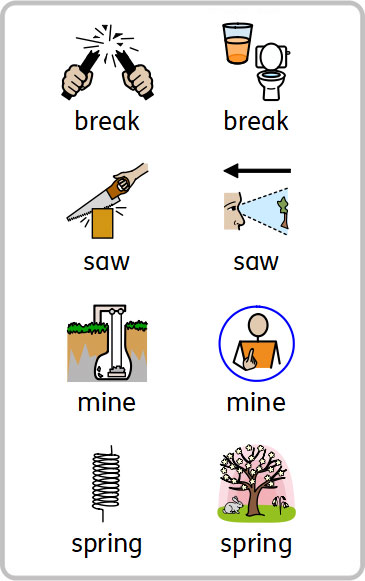
It is important to note that the symbols you use to make resources, must be clear and able to be understood and interpreted by the individual or class, for the specific purpose. A photo of a specific room may give more meaning than using a symbol. Widgit Online and InPrint 4 will easily allow you to swap a symbol for a photo.
This is especially important to think about when choosing symbols for words that have more than one meaning. One example I have seen in schools is using the symbol 'break' (as in 'break a stick') instead of a symbol that represents 'having a break from the lesson'. The Widgit Online and InPrint 4 programs allow you to change the symbol or change the text below the symbol, so it can be personalised for maximum impact.
When using symbols, I always look at the image and take a literal perspective on it. Ask yourself how the image may be interpreted and what message you want to display. One example that comes to mind is when I made a symbol board of actions to teach verbs. One of the verbs I used is 'tickle' and the symbol is of a feather and a foot. Of course, when the child chose this action, he took his shoes off and gave me his foot. He was most probably expecting a feather to, but I just had my hand! Make sure you are clear with your use of symbols and photos.
Find more information and resource ideas at www.autismspectrumteacher.com/
Steph Reed, Autism Specialist Teacher
Would you recommend Widgit to other schools?
Victorian Annan (Lead of ARP for Autism at Chalgrove Primary School), Katherine Wheeler (Teaching assistant at Charlgrove Primary School) and Will Cannock (MAT SEND Lead at The Charter School Education Trust) discuss how they use Widgit Symbols to support their students.
Access a comprehensive, editable set of resources to support autistic individuals or create your own materials by using 100s of pre-formatted templates.
Perfect for parents or teachers starting out on creating symbolised resources.
Create your own autism support materials using over 20,000 Widgit Symbols, or access the editable Autism Support packs for Home and School as starting points.
Perfect for advanced practitioners and symbol experts working with students of any age.


